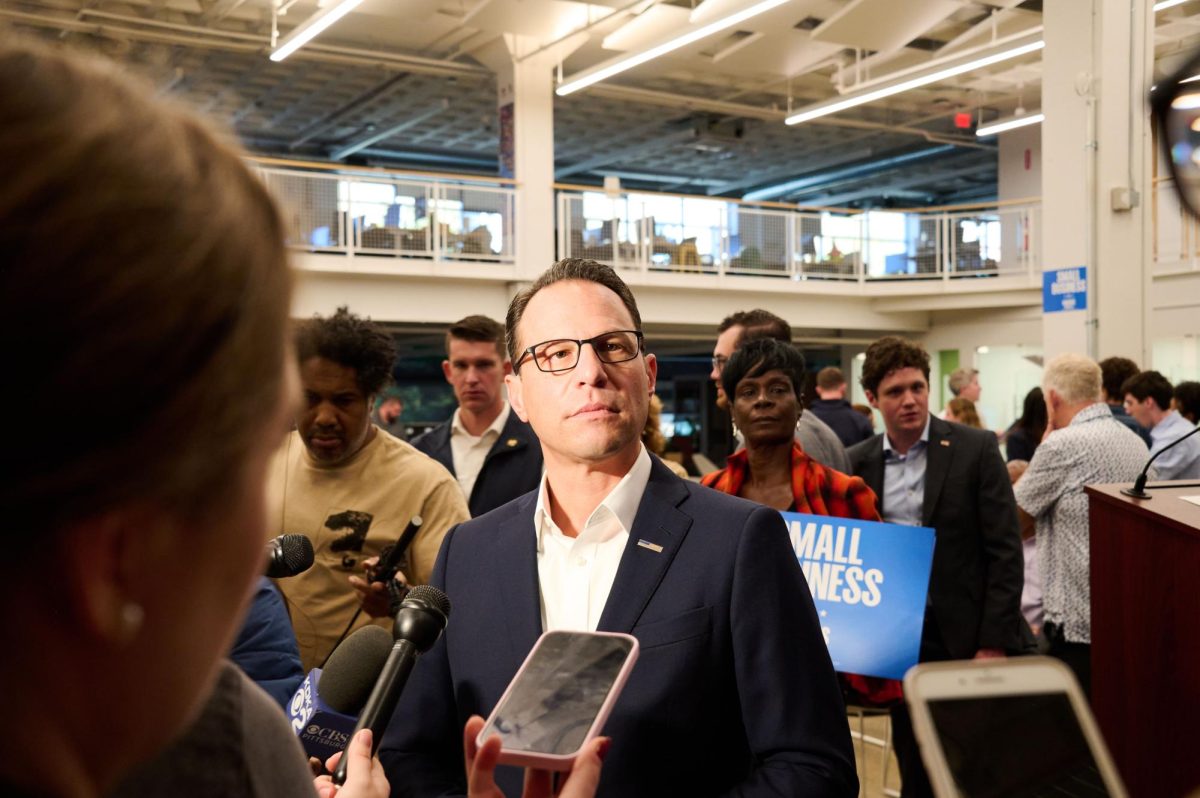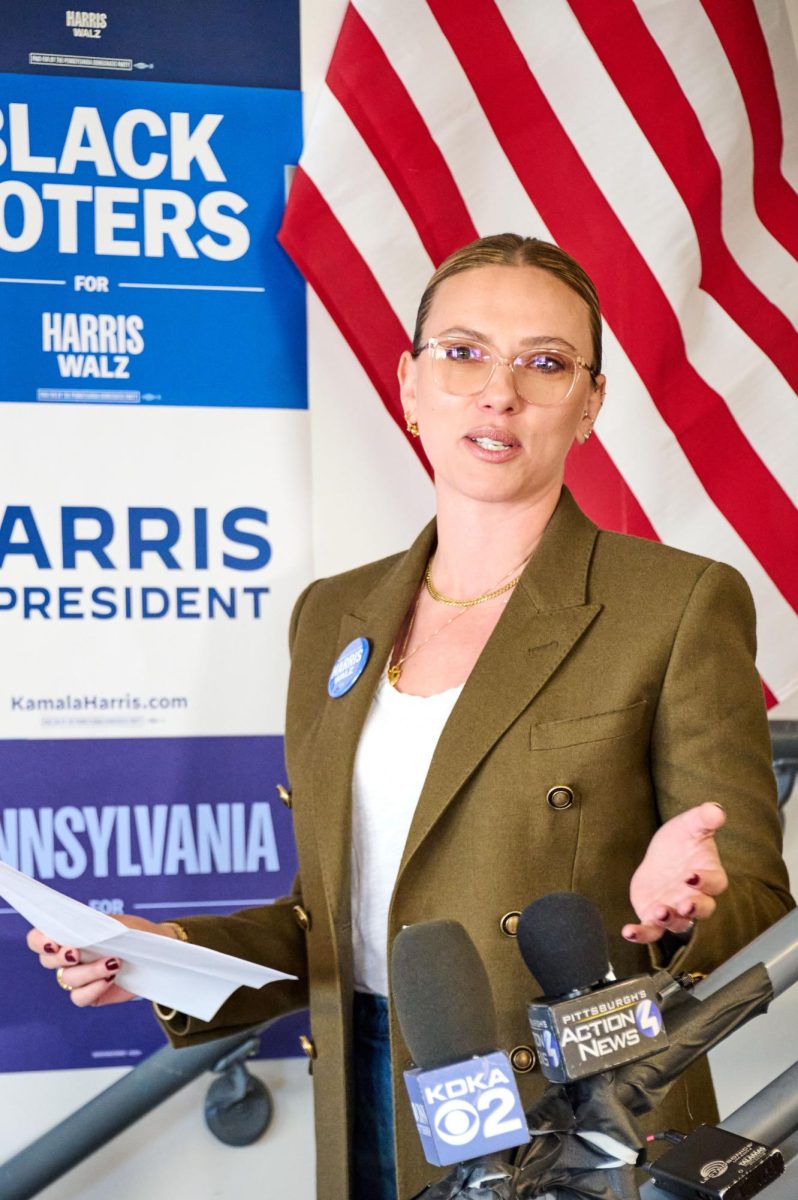
As reported in this semester’s first issue of The Globe, the University let go of 32 full- and part-time staff members over the summer – part of a correction to ease the financial burden in a plan that University administration is calling “Strategic Realignment.”
University President Paul Hennigan, who joined the University in 2000 as the Vice President of Finance and Operations, explained that higher education as a whole has been struggling to maintain financial health since the stock market crash and burst of the housing bubble in the fall of 2008 – and Point Park is no exception.
“I knew we were going to hit a breaking point, and I knew that breaking point was going to be this year,” Hennigan said. “The only way to successfully lead an organization [across] that threshold is to do what is known as a correction.”
Hennigan explained that corrections usually entail “significant” and “drastic” actions, and generally, corrections are multi-faceted, but are done swiftly.
The correction, in this case, began with a “larger-than-normal tuition increase,” according to Hennigan.
The correction also included the letting go of 32 full- and part-time staff members – no full-time filled faculty positions were cut – but the University strategically hired in 19 new faculty members according to demand in the academic areas within which those faculty members were hired – which, according to Hennigan, is why this plan is known as strategic realignment.
Dr. Karen McIntyre, Provost, Dean of Faculty and Senior Vice President of Academic and Student Affairs was in charge of hiring the new faculty members – ranging in departments from natural sciences and engineering technology to COPA, from the School of Business to the department of criminal justice.
The vacancies in these departments were largely due to late departures – as is the case with former COPA professor Peter Merz, who took a position elsewhere in August – or unexpected departures – as is the case with the late and beloved COPA professor Ron Tassone.
McIntyre explained that the University filled four positions in the natural sciences and engineering technology department, making it the department with the most new hires.
The University’s operating budget includes contingency, which is cushion for unforeseen circumstances, as well as its bottom line – the money that remains after subtracting the expenditures from the revenue.
According to Hennigan, the University had about $2 million of cushion that began to decrease more and more each year, starting in the fall of 2009.
“The biggest [factor in the depletion of contingency] was the decline in adult on-ground enrollment. So, undergraduate, graduate, accelerated – we had a very large on-ground population here,” Hennigan said. “Sometimes traditional-age undergraduates don’t see that – they don’t understand it, and they don’t see its value. But, it contributes significantly to an urban university.”
Twenty years ago, offering Saturday and evening classes made Point Park a pioneering school in adult on-ground enrollment, but more adult students have moved away from said on-ground classes, and are turning to an online format, according to Hennigan.
“We put in place a plan about three years ago to begin to develop a robust online presence, as well as some new graduate programs – both on-ground and online – as well as two new doctoral programs,” Hennigan said. “That’s all aimed at diversifying…and growing the University’s enrollment.”
In addition to a stronger online presence, new graduate programs and the two new doctoral programs, the University calls the plan strategic realignment
“The other thing that we had to do was reduce expenditures,” Hennigan said. “Employee costs are one of the largest single expenditures at the university, so we had to eliminated 32 full-and part-time staff positions, but no filled faculty positions were eliminated.”
Among those full- and part-time staff positions came the disbandment of the Program for Academic Success (PAS), which was covered in the first issue of The Globe. PAS is now under the roof of the Center for Student Success, offering students a number of resources under one roof.
“It’s been a long-term plan that we would begin to coordinate all of our resources so that we would more dynamically interface the Center for Student Success with…Career Development and that there would…be a continuum of services and that PAS – where the Center for Student Success counselors were referring students to tutoring services – would also be integrated,” McIntyre said.
Now, the Center for Student Success combines career services, tutoring services, disability services and advising services under the same roof – a plan that likely would not have happened without the recent correction.
“Strategic realignment sometimes allows us to make moves more quickly than the natural course of planning does,” McIntyre said. “This has been sometime that, in the vision, we were moving toward.”
Before Hennigan became involved with the finances of the University in 2000, Point Park was, as he states, “not a financially healthy place,” and went through two survival episodes – something the President of the University is actively trying to avoid by executing the strategic realignment plan.
“[The strategic realignment] was not a whimsical move on our part. We’re always planning three to four years ahead,” Hennigan said. “Hopefully, it’s a one-time correction. We’re got enough momentum with out traditional-age undergraduate size, with our new online initiative, with our new on-ground master’s programs and with our new doctoral programs, that I think we’re at a point now where we’ve kind of bottomed out on enrollment and we should be growing from this point forward again. ”





